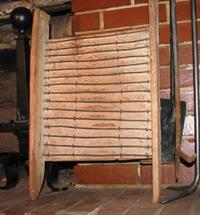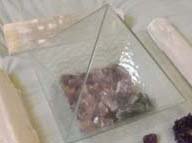The Spaniards
African-America Slavery 2008
Since 1454, Spain joined the Atlantic Slave trade in, receiving approximately two hundred and fifty slaves annually.
Slavery took a different turn after Christopher Columbus arrived in the Caribbean Islands, later known as the West Indies. Europeans realized the economic potential of the land and the indigenous people.
Silver, gold, sugar, tobacco and cotton plantations were established and the native Indians were forced to work them.
Spanish brutality, overwork and European born diseases quickly decimated the indigenous population.
Hence Bartholomew de las Casas, a Dominican Friar, suggested replacing this labor force with Africans, who were believed to be much stronger and already accustomed to working in a similar climate.
Not long afterwards, fifty Africans were taken from Spain to (Santo Domingo) Hispaniola where de las Casas theory was proven to be the best solution. Hence a greater demand for Africans.
In 1518, Emperor Charles V of Spain, authorized the shipment of 15,000 Africans from Africa to (Hispaniola). See the Asiento de negros agreement. By 1538, what use to be trickles of Africans being transported across the Atlantic, now became a flood and the beginning of misery, pain and the forced exodus of Africans from the motherland, the Atlantic Slave trade.















